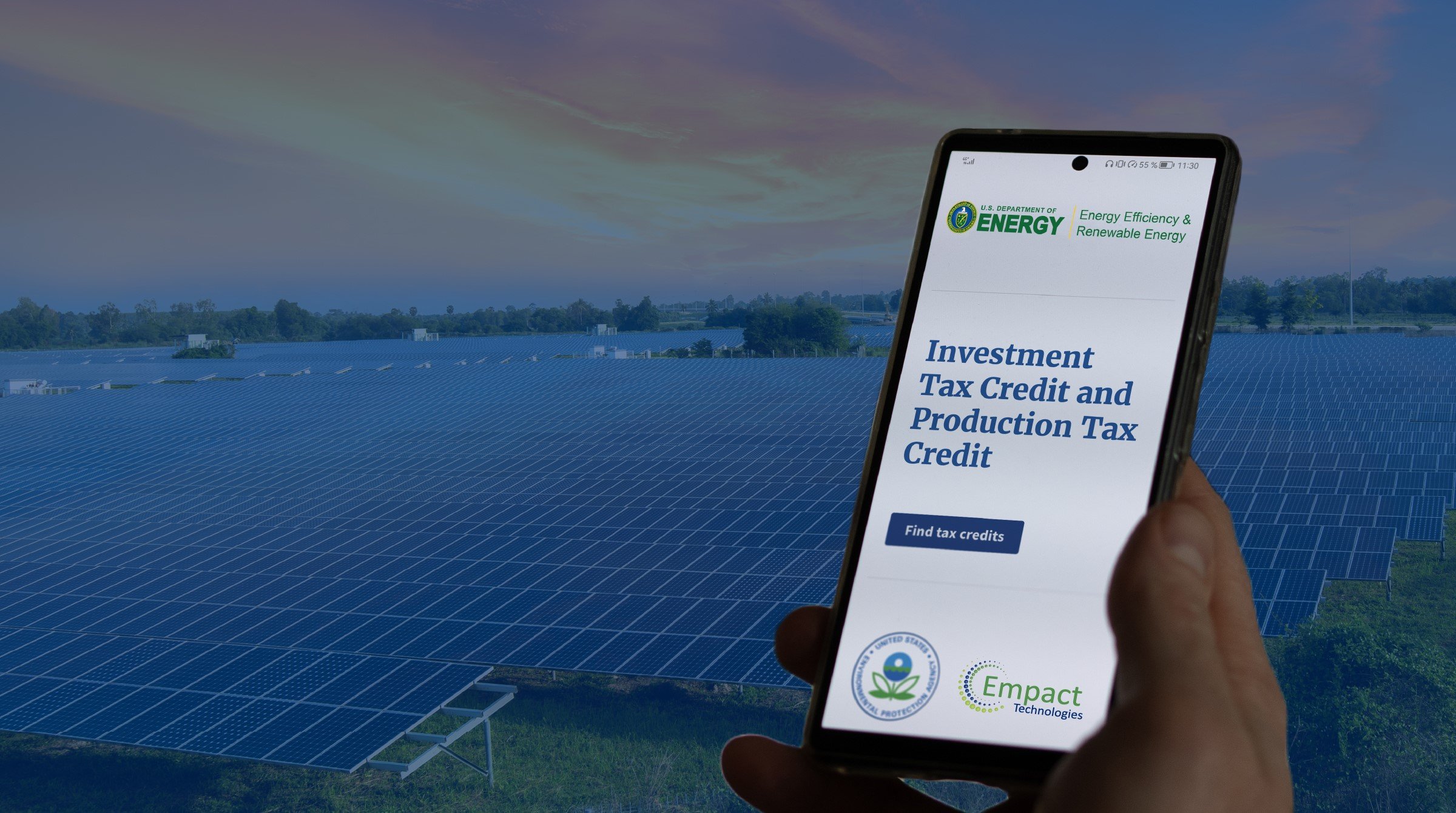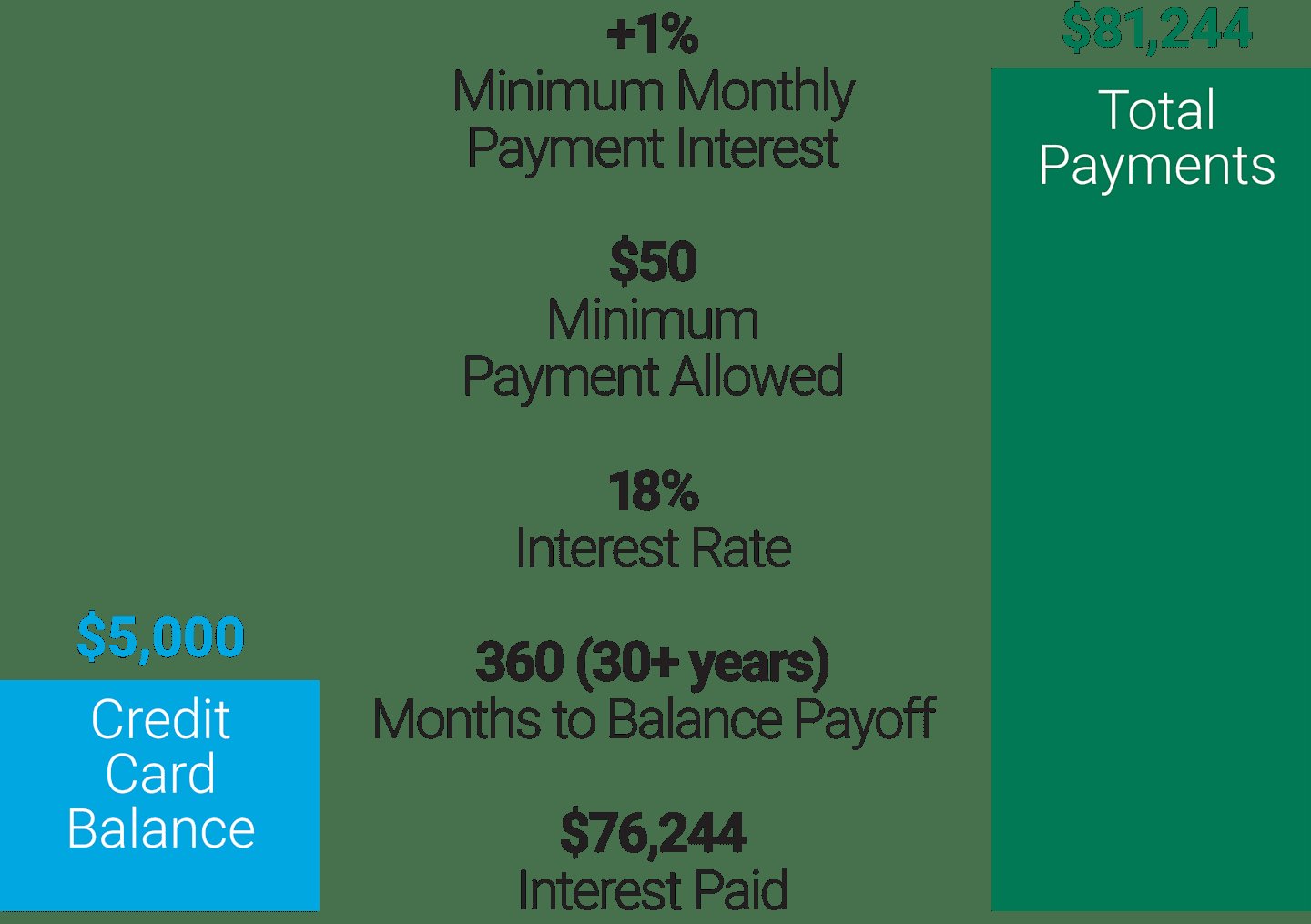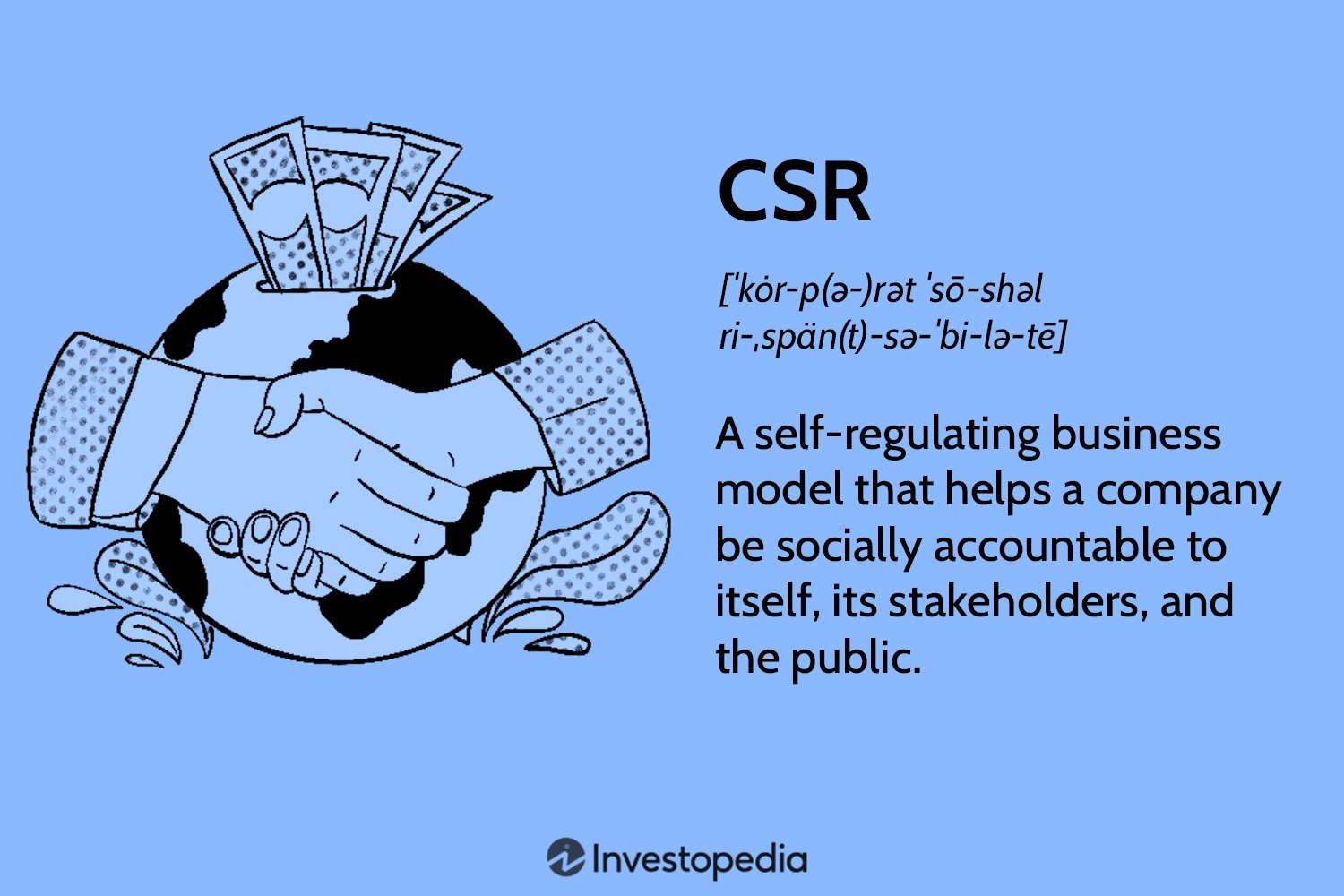Looking to maximize your energy efficiency while saving some money in the process? Well, optimizing tax credits for energy efficiency might just be the solution you’ve been searching for. By taking advantage of these credits, you can not only reduce your carbon footprint but also enjoy some financial benefits. In this article, we will delve into the world of tax credits and explore the strategies you can employ to make the most of them. So, whether you’re a homeowner or a business owner, keep reading to learn how to optimize tax credits for energy efficiency and reap the rewards.
How to Optimize Tax Credits for Energy Efficiency
Introduction
In an era where environmental sustainability is gaining increasing attention, optimizing tax credits for energy efficiency is a smart and responsible move for both individuals and businesses. By taking advantage of available tax credits, you can not only reduce your tax burden but also contribute to a greener and more sustainable future. This article will guide you through the process of optimizing tax credits for energy efficiency, providing valuable insights and practical tips.
The Importance of Energy Efficiency
Before delving into the details of optimizing tax credits, it’s essential to understand why energy efficiency matters. Energy efficiency refers to using less energy to accomplish the same tasks, reducing energy waste and minimizing environmental impact. Here are some compelling reasons to prioritize energy efficiency:
- Environmental Benefits: Energy efficiency helps mitigate climate change, reduce greenhouse gas emissions, and preserve natural resources.
- Cost Savings: Implementing energy-efficient measures can significantly lower energy bills in the long run, leading to substantial savings for individuals and businesses.
- Improved Comfort: Energy-efficient technologies and practices often improve indoor air quality, thermal comfort, and overall building performance.
- Reduced Reliance on Fossil Fuels: By lowering energy consumption, we can decrease our dependence on fossil fuels and promote the adoption of renewable energy sources.
Now that we understand the importance of energy efficiency let’s explore how to optimize tax credits to maximize the benefits.
Researching Available Tax Credits
To optimize tax credits for energy efficiency, you first need to identify available credits and incentives. Tax credits can vary depending on your location, type of property, and the specific energy-efficient upgrades or investments you make. Here are some useful steps to research available tax credits:
- Contact Local Authorities: Reach out to your local energy or tax authority to inquire about available tax credits, incentives, and programs.
- Government Websites: Visit official government websites that provide information on energy-related tax incentives and credits.
- Tax Professionals: Consult with tax professionals who specialize in energy-related tax planning. They can provide expert advice tailored to your specific situation.
- Energy Efficiency Organizations: Explore resources from reputable energy efficiency organizations that compile and disseminate information on available incentives.
Identifying Eligible Energy-Efficient Upgrades
Once you understand the available tax credits, the next step is to identify eligible energy-efficient upgrades or investments. These upgrades can vary across residential and commercial properties, so it’s important to determine which projects align with your specific needs and goals. Here are some common energy-efficient upgrades that may qualify for tax credits:
Residential Energy-Efficient Upgrades
- Insulation: Adding or upgrading insulation in walls, attics, and floors can significantly improve energy efficiency.
- Energy-Efficient Windows: Installing energy-efficient windows helps prevent heat transfer and reduce heating or cooling costs.
- Energy-Efficient Heating, Ventilation, and Air Conditioning (HVAC) Systems: Upgrading to energy-efficient HVAC systems can save substantial energy and qualify for tax credits.
- Solar Energy Systems: Installing photovoltaic solar panels or solar water heaters can qualify for federal tax credits and other incentives.
- Energy-Efficient Appliances: Upgrading to ENERGY STAR certified appliances can reduce energy consumption and potentially qualify for tax credits or rebates.
Commercial Energy-Efficient Upgrades
- Building Envelope Improvements: Upgrading insulation, windows, or roofing systems can enhance energy efficiency in commercial buildings.
- Efficient Lighting Systems: Switching to energy-efficient lighting options such as LEDs can significantly reduce energy usage and maintenance costs.
- Renewable Energy Systems: Installing solar panels, wind turbines, or geothermal heat pumps can qualify for tax credits and incentives.
- Energy Management Systems: Implementing advanced energy management systems can optimize energy usage and may qualify for tax credits.
- High-Efficiency HVAC Systems: Upgrading to energy-efficient HVAC systems can improve occupant comfort, reduce energy consumption, and potentially qualify for tax credits.
Evaluating Tax Credit Criteria
Once you’ve identified the eligible energy-efficient upgrades, it’s crucial to understand the specific criteria and requirements for each tax credit. These criteria may include:
- Installation Dates: Some tax credits have specific deadlines or retroactive eligibility, so you need to ensure your upgrades comply with the necessary timeframes.
- Qualified Products and Systems: Certain tax credits require the use of specific products or systems that meet defined efficiency standards. Make sure your chosen upgrades meet the necessary qualifications.
- Documentation and Certification: To claim tax credits, you may need to provide documentation, certifications, or receipts that prove the eligibility of your energy-efficient upgrades.
- Maximum Credit Limits: Tax credits often have maximum limits or percentages based on the cost of the upgrade or investment. Be aware of these limits to maximize your benefits.
Keeping Detailed Records
When optimizing tax credits for energy efficiency, maintaining detailed records is essential. Proper documentation not only ensures compliance with tax regulations but also simplifies the process of claiming credits. Here are some record-keeping best practices:
- Receipts and Invoices: Keep copies of receipts and invoices for all energy-efficient upgrades, including equipment purchase, installation, and related expenses.
- Product Certifications: Maintain records of certifications or labels indicating that the products or systems used meet the required energy efficiency standards.
- Manufacturer’s Specifications: Preserve manufacturer’s specifications for the energy-efficient products or equipment installed to substantiate their eligibility.
- Energy Savings Documentation: If available, gather energy savings calculations or reports that demonstrate the potential energy savings resulting from your upgrades.
Consulting with Tax Professionals
Optimizing tax credits for energy efficiency can be complex, so consulting with tax professionals is highly recommended. Tax professionals with expertise in energy-efficient tax planning can provide valuable insights and help ensure you maximize your eligible credits. They can assist with:
- Tax Planning: Tax professionals can help you develop a strategic plan to optimize energy-related tax credits and incentives.
- Eligibility Determination: With their knowledge of tax regulations, professionals can evaluate the eligibility of your energy-efficient upgrades and investments.
- Claiming Procedures: Tax professionals can guide you through the process of claiming tax credits, ensuring compliance with documentation and submission requirements.
- Future Tax Strategies: These professionals can provide advice on long-term tax strategies that align with your energy efficiency goals.
Optimizing tax credits for energy efficiency is a win-win situation that benefits both your financial well-being and the environment. By researching available tax credits, identifying eligible upgrades, understanding tax credit criteria, keeping detailed records, and consulting with tax professionals, you can make the most of energy-related incentives. Start taking steps towards energy efficiency today and reap the rewards of a greener and more sustainable future.
How to Maximize your Home Improvement Tax Credit | Rob.CPA
Frequently Asked Questions
Frequently Asked Questions (FAQs)
How can I optimize tax credits for energy efficiency?
To optimize tax credits for energy efficiency, consider the following:
What types of energy-efficient improvements qualify for tax credits?
Energy-efficient improvements such as installing solar panels, upgrading insulation, replacing windows, and purchasing energy-efficient appliances generally qualify for tax credits.
Do I need to meet certain criteria to be eligible for tax credits?
Yes, to be eligible for tax credits, you must meet specific criteria outlined by the government, such as using certified products and meeting energy efficiency standards.
How much can I expect to save through tax credits?
Tax credits can vary based on the type of improvement and its cost. It’s advisable to consult a tax professional or refer to official guidelines to determine the amount you can save.
Where can I find information about available tax credits?
You can find information about available tax credits on the official websites of relevant government agencies, such as the Internal Revenue Service (IRS) or the Department of Energy (DOE).
Are there any deadlines for claiming tax credits?
Yes, there are usually deadlines for claiming tax credits. It’s important to review the specific requirements and deadlines for each credit to ensure you don’t miss out on the opportunity.
Are tax credits available for both residential and commercial properties?
Yes, tax credits for energy efficiency improvements are available for both residential and commercial properties. However, the specific credits and eligibility criteria may differ.
Can I claim tax credits for energy-efficient improvements made in previous years?
In some cases, you may be able to claim tax credits for energy-efficient improvements made in previous years. Refer to the official guidelines or consult a tax professional for more information.
What documentation do I need for claiming tax credits?
You will typically need to keep records of the improvements made, purchase receipts, and any certifications or documentation provided by the manufacturers to support your claim for tax credits.
Final Thoughts
To optimize tax credits for energy efficiency, start by researching the available programs and incentives in your area. Understanding the eligibility criteria and requirements will help ensure you maximize your benefits. Next, focus on implementing energy-efficient upgrades and improvements that qualify for the tax credits. This can include upgrades such as installing energy-efficient appliances, improving insulation, or utilizing renewable energy sources. Keep detailed records of all expenses and documentation to claim the credits accurately. Finally, consult with a tax professional or utilize online resources to ensure you navigate the process correctly. By following these steps, you can optimize tax credits for energy efficiency and contribute to a more sustainable future.



